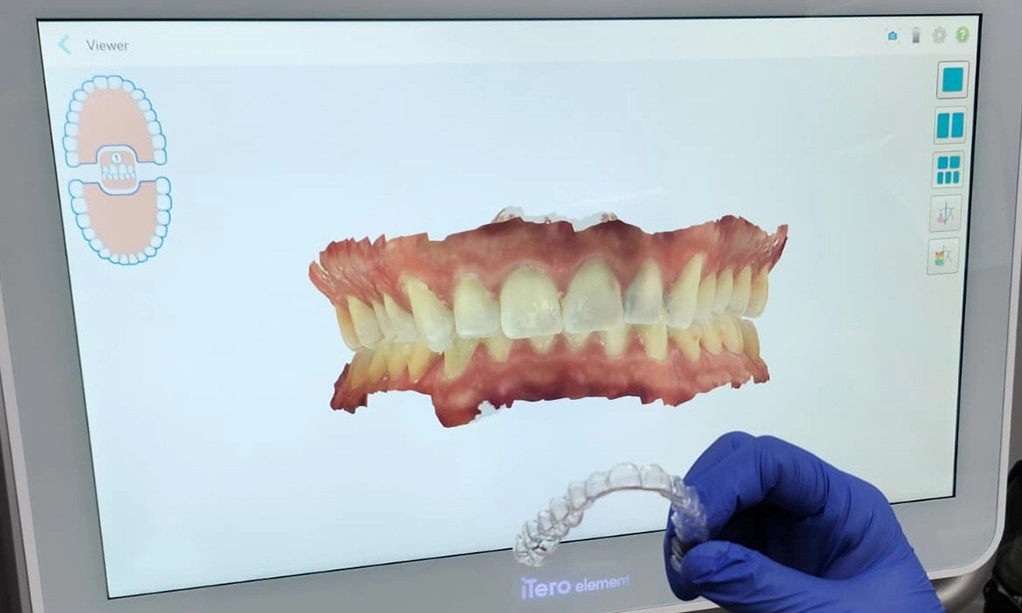
Invisalign with Digital Scanning
The thought of braces often conjures images of wires, brackets, and untidy moulds. However, that is no longer the exclusive choice. A transparent, detachable substitute that fits into your life without drawing attention to itself is provided by Invisalign.
Invisalign uses a set of specially designed aligners instead of metal hardware. These aligners are intended to gently reposition teeth into a healthier position and are almost undetectable while used. Today, the advent of digital scanning—a technique that eliminates the element of guesswork—makes this procedure very successful.
How It Starts: No Molds, No Trays
Treatment begins with a digital scan using a small handheld device. Instead of biting into a tray filled with impression material, a 3D image of your teeth is captured in just a few minutes. This image is far more accurate than traditional methods, allowing for a better fit and a smoother experience overall.
Because everything is done digitally, it’s possible to preview how your teeth will look once treatment is complete. That simulation helps in planning the course of treatment and gives patients a clear idea of what to expect.
What Makes Digital Invisalign Planning Different
Each aligner is more precisely built using scanning. Each tooth's proper movement is tracked by the program, and modifications can be made as needed. A greater degree of trust in the outcomes, fewer surprises, and less delays are all associated with this level of detail.
Nor is progress predicated on conjecture. It is simpler to verify alignment and adjust the trajectory if necessary when periodic scans are compared to the original design. The actual aligners are smooth and detachable for special events, brushing, and eating. Many individuals choose this procedure over regular braces because of its versatility.
Who It’s For
Invisalign is typically recommended for teens and adults with mild to moderate crowding, spacing, or bite alignment concerns. While not every case is a fit, it can be an excellent choice for those who want to improve their smile discreetly and without major changes to daily routines.
Things to Know Before Starting
Most patients wear the aligners for many months, however the time of treatment varies depending on how complicated the situation is. For optimal results, aligners should be worn for the majority of the day, often 20 to 22 hours. Consistency is also essential for success because they are detachable. Planning, technology, and patient dedication all work together.
Curious Whether Invisalign Is Right for You?
A consultation can help determine if this option makes sense for your teeth and your goals. From there, a scan can offer a preview of what’s possible—before any decisions are made.

